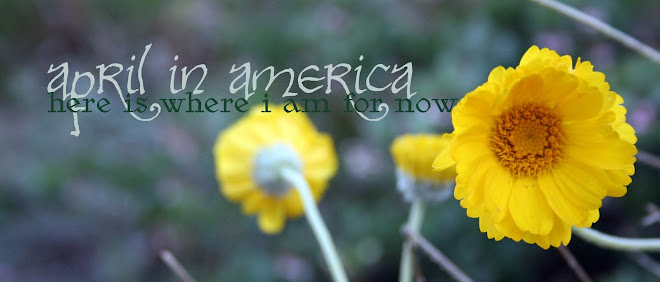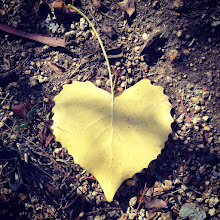Sometimes life is like removing Spanish Broom,.
Spanish Broom (Sparteum junceum) is an invasive plant that poses serious threat to ecosystem health--it's toxic (nothing eats it and it crowds out good forage for birds and animals), it's flammable (old growth is dry and thatchy, and it grows like crazy), and although it has pretty flowers for a month or so, it makes 10,000 seeds that are almost all viable for 80 years. It also has deep, woody roots that are a pain to dig out, but have to be dug up--otherwise it resprouts. To the un-knowing, they may look pretty and like a good thing, but to the trained eye they spell disaster.
So, we dig them up, wreaking no small havoc to do so. Sometimes the landscape looks worse the day after we dig up the broom plants: small craters, dislodged boulders, and we're pretty filthy too. A short time later though, the damage is erased.: the plants that belong there have begun to re-establish a healthy community, covering the areas left bare by broom removal. The colors, textures, and variety that belongs there is back. The landscape is the way it should have been.
Monday, October 10, 2011
Subscribe to:
Posts (Atom)
birding life list (in process!)
- White-crowned Sparrow (Zonotrichia ?) in winter
- Western Wood-Pewee (Contopu sordidulus)
- Western Tanager (Piranga ludoviciana)
- Western Scrub Jay (Aphelocoma californica)
- Western Bluebird (Sialia mexicana)
- Tufted Titmouse (Baeolophus bicolor)
- Stellar's Jay (Cyanocitta stelleri)
- Sparkling Violetear (Colibri coruscans)
- Snowy Owl (Nyctea scandiaca)
- Snowy Egret (Egretta thula)
- Ruddy Duck (Oxyura jamaicensis)
- Red-winged Blackbird (Agelaius phoeniceus)
- Red-tailed Hawk (Buteo jamaicensis)
- Pied Crow (Corvus albus)
- Northern Mockingbird (Mimus polyglottos)
- Northern Cardinal (Cardinalis cardinalis)
- Mourning Dove (Zenaida macroura)
- Mallard (Anas platyrhynochos)
- male Superb Sunbird (Cinnyris superbus) i think
- Malachite Kingfisher (Alcedo cristata)
- Lesser Goldfinch, greenbacked (Carduelis psaltria)
- Lazuli Bunting (Passerina amoena)
- Indigo Bunting (Passerina cyanea)
- House Finch (Carpodacus mexicanus)
- Hooded Oriole (Icterus cucullatus nelsoni)
- Greater Roadrunner (Geococcyx califorianus)
- Great Horned Owl (Bubo virginianus)
- Great Blue Heron (Ardea herodias)
- Congo African Grey (Psittacus erithacus erithacus)
- Common Garden Bulbul (Pychonotus barbatus)
- Cinnamon Teal (Anas cyanoptera)
- Cattle Egret (Bubulcus ibis)
- Canada Goose (Branta canadensis)
- California Towhee, juvenile (Pipilo crissalis)
- California Thrasher (Toxostoma redivivum)
- Brown Pelican (Pelecanus occidentalis)
- Blue Jay (Cyanocitta cristata)
- Black-crowned Night-Heron (Nycticorax nycticorax)
- Black-capped Chickadee (Poecile atricapillus)
- Black Phoebe (Sayornis nigricans)
- Black Crowned Waxbill (Estralida nonnula)
- Bald Eagle (Haliaeetus leucocephalus)
- Anna's Hummingbird (Calypte anna)
- American Robin (Turdus migratorius)
- American Kestrel (Falco sparverius)
- American Goldfinch (Carduelis tristis)
- American Coot (Fulica americana)
- American Avocet (Recurvirostra americana)
- African Pygmy-Kingfisher (Ispidina picta)
- Acorn Woodpecker (Melanerpes formicivorus)

